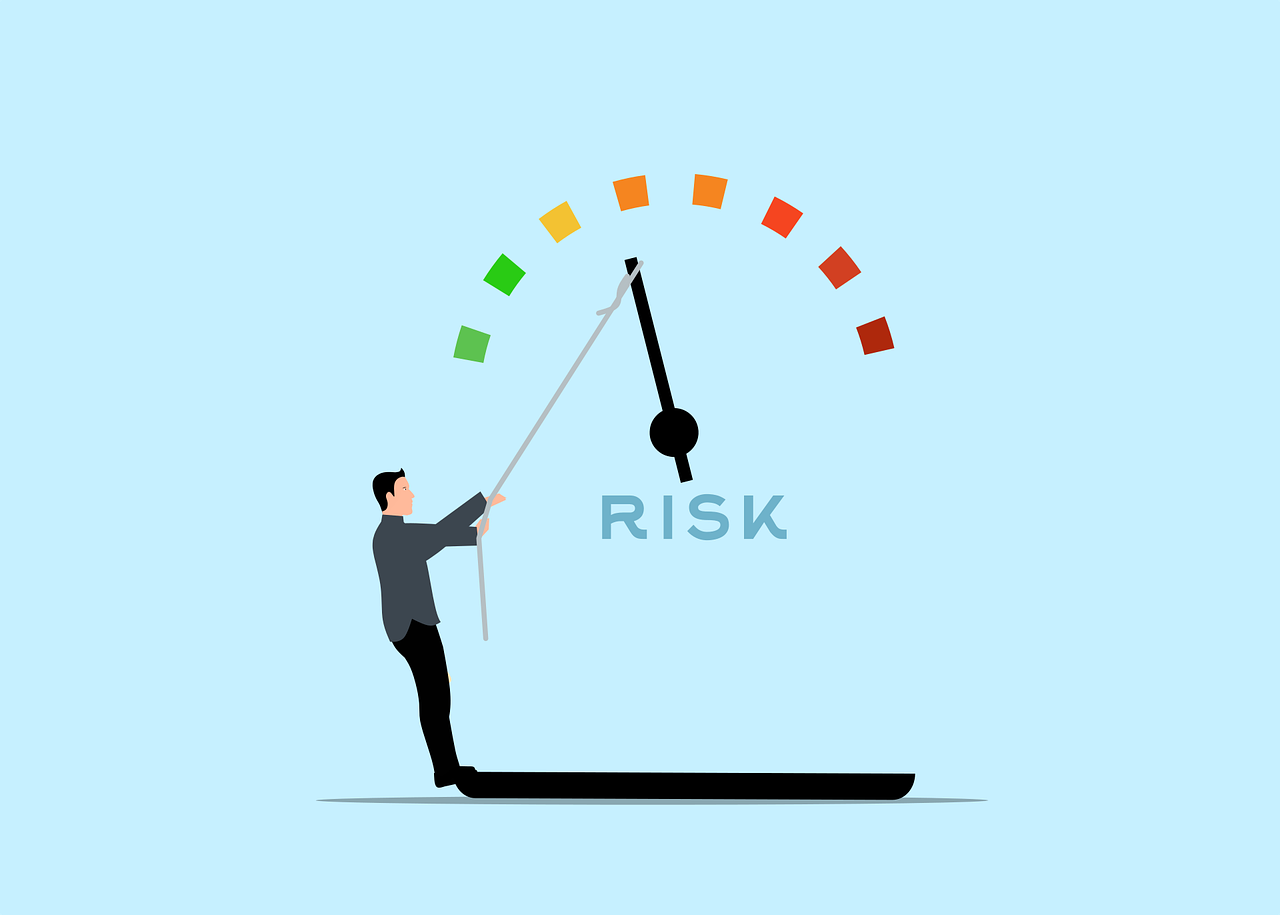
Risks in greenfield investments
In general, greenfield investment is referred to as one of the types of foreign direct investment, which includes the most significant number of risks. This is because the investor needs to create a production chain from the very beginning. While it can offer numerous advantages, such as greater control, the potential for long-term growth, and a large profit percentage, there are several risks associated with greenfield investments.
1. Political and Regulatory Risks. Greenfield investments are vulnerable to political instability, unpredictable legal frameworks, and sudden policy shifts. Changes in government policies and regulatory barriers can pose significant risks to the viability and profitability of the project.
2. Economic Risks. Economic factors such as fluctuations in exchange rates, inflation and economic downturns can erode profit margins and reduce consumer demand, affecting the overall financial performance of the project. Currency devaluations and recessions can negatively impact the success of greenfield investment.
3. Market Risks. Entering a new market through a greenfield investment means facing market uncertainties. The target market may not respond as anticipated, leading to lower-than-expected sales and slower revenue growth. Cultural differences, local competition, and consumer preferences must be thoroughly analysed and understood to mitigate market risks.
4. Operational Risks. Greenfield investments require significant operational expertise and local knowledge to navigate the challenges of establishing new facilities and managing a workforce in a foreign country. Operational risks include difficulties in sourcing skilled labour, supply chain disruptions, infrastructure limitations, and logistical challenges, which can increase costs and delay project timelines.
5. Legal and Compliance Risks. Complying with local laws, regulations, and compliance standards can be complex and time-consuming. Failure to adhere to these requirements can result in fines, legal disputes, or even the closure of the project. Understanding and managing legal and compliance risks is crucial to the success of greenfield investment.
6. Technology and Innovation Risks. Greenfield investments often involve the transfer of technology and knowledge to a new market. Protecting intellectual property rights, managing technology transfer risks, and adapting to local technological capabilities can be challenging. Emerging technologies and disruptive innovations may render the invested technology obsolete, posing a risk to the investment’s long-term viability.
7. Risk management in greenfield investment is a complex stage and requires analysis of all aspects of the investment environment. Here is the general procedure for identifying and managing risks in greenfield investment:
8. Conducting a comprehensive risk assessment. This stage includes the analysis of the functioning of all areas related to investment: the political situation, market stability, legal framework, the presence of international agreements that improve the investor’s position, and guarantees from the host country. At this stage, it is recommended to involve experts and lawyers familiar with the investment jurisdiction.
9. Development of strategies to reduce exposure to risks. This stage includes reducing the possibility of negative consequences and can be carried out in several forms. It can be implemented in the context of obtaining individual guarantees from the host country, but they must be justified by the importance of investing in a certain sector of the economy. Establishing dispute-resolution mechanisms is also an important element. ICSID arbitration through the equalisation of the status of parties in the process is quite popular as a method of resolving investment disputes.
10. Establishing an effective project implementation system. This includes determining the investment goal, dividing responsibility for investment implementation, and creating a competent and effective team.
11. Development and application of the monitoring system. This process includes internal control over investment management and implementation and external control aimed at potential changes in the investment environment, such as changes in legislation and their impact on investment and changes in host country policy.
dr. Dobos István attorney at law
Do you want to reduce the risk of your greenfield investment in Hungary? Contact us and we will help you identify legal risks and minimise legal problems. We have years of experience in legal due diligence.
Contact us! dobos@doboslegal.eu Phone / Whatsapp: +3630-3088151




